
Here is the Roman Empress St Helena pictured with the True Cross.
The Feast of the Invention (Finding) of the True Cross is another great feast that was done away with by the wrecker Bugnini.
St. Helena, mother of Constantine the great, is often depicted holding a cross because according to the tradition she found the true cross in Jerusalem.
The Roman Emperor Constantine was elected Emperor by the Roman Army at Eboracum (York in Britain) in 312, and in the following year, legalized Christianity with the Edict of Milan.
About this time, Constantine’s mother, St. Helena, converted to Christianity.
With the authority of her son, St. Helena went to Palestine in search of the Holy Cross about the year 324.
St Helena built churches marking the place of the Nativity in Bethlehem, and the site of the Ascension.
Three crosses were found in a rock-cistern as well as the titulus (the wood plaque inscribed with the words Jesus Nazarenus Rex Iudaeorum in Hebrew, Greek and Latin - "Jesus of Nazareth King of the Jews"). The Church of the Holy Sepulchre was built over the site.
 Titulus Crucis
Titulus Crucisa sacred relic in the Church of the Holy Cross in Jerusalem, displayed in reverse so that the words can be better seen and an ancient reconstruction placed over the top of the reliquary showing what is written on the now very old wood of the Titulus proclaiming our Lord King of the Jews in the 3 sacred languages
A woman, dying from a terminal disease, was brought to the spot. She touched the crosses, one by one. After she touched the third cross, she was cured, thereby identifying the true cross.
St Ambrose preached that when St. Helena found the true cross:
"she worshipped not the wood, but the King, Him who hung on the wood. She burned with an earnest desire of touching the guarantee of immortality."
St Cyril of Jerusalem, in his letter to the Emperor Constantius (Constantine’s son and successor), stated "The saving wood of the cross was found at Jerusalem in the time of Constantine."
In his fourth Catechetical Lecture, he wrote:
"He was truly crucified for our sins. For if you would deny it, the place refutes you visibly, this blessed Golgotha, in which we are now assembled for the sake of Him who was here crucified; and the whole world has since been filled with pieces of the wood of the Cross."
Many of the older depictions of the crucifixion show a skull with two crossed bones at the foot of the cross. The tradition is that Adam was buried at Calvary. When our Lord died, His Precious Blood flowed down, through cracks in the earth, onto Adam's skull.
In the Church of the Holy Sepulchre in Jerusalem one finds the Chapel of Adam underneath the Chapel of Golgotha.
The Feast of the Triumph of the Cross, which comes much later on 14 September, is the feast marking the day when the Emperor Heraclius re-captured the True Cross from the Persians who had stolen it from Jerusalem.
It was on that great feast day that our Holy Father, Pope Benedict gloriously reigning, ordered the freeing of the traditional Roman rites which, he declared, had never been abrogated (numquam abrogatam).
A truly glorious victory of the Holy Cross indeed!
On these great feasts, let us remember the words of St. Francis of Assisi:
"We adore Thee, O Christ, and we praise Thee, because by Thy Holy Cross Thou hast redeemed the world."
+++
+++







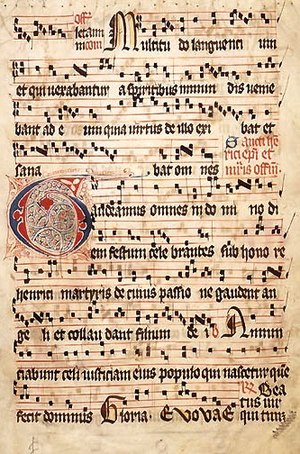

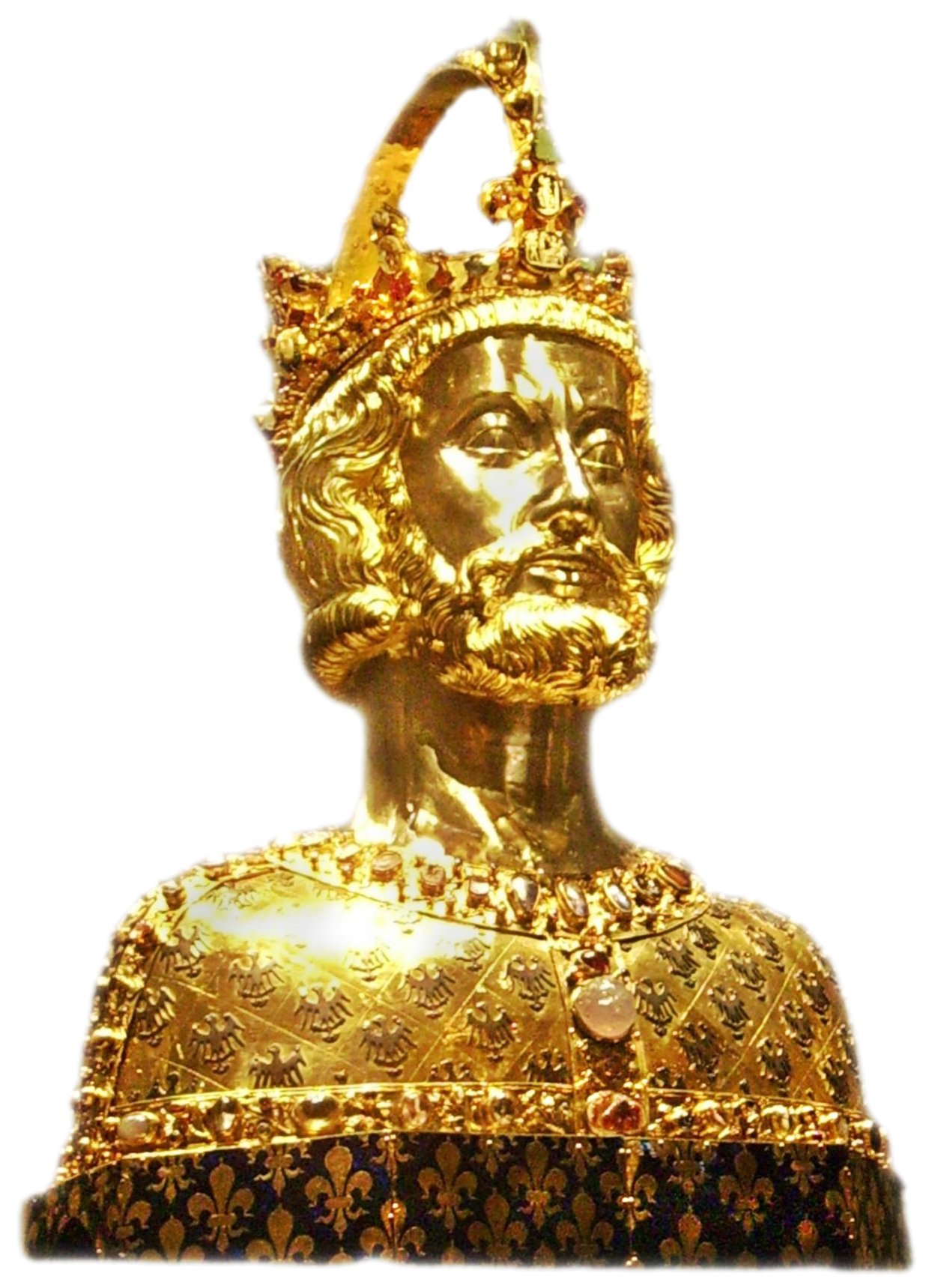



.jpg)


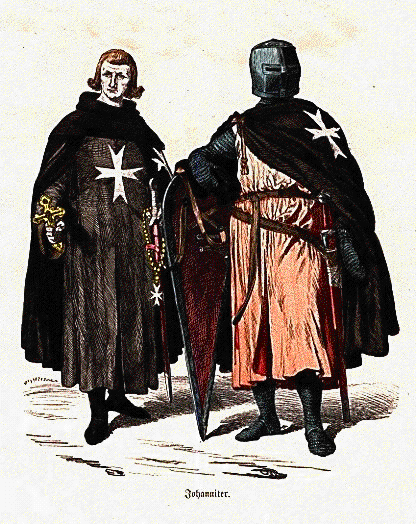

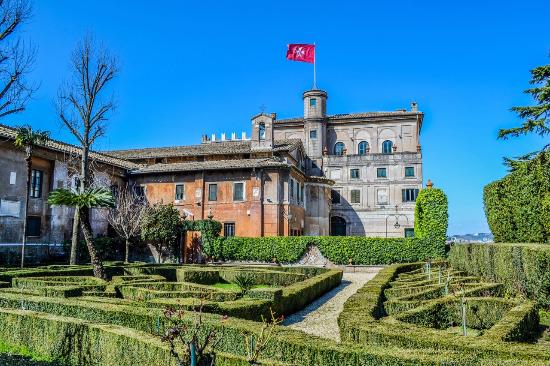


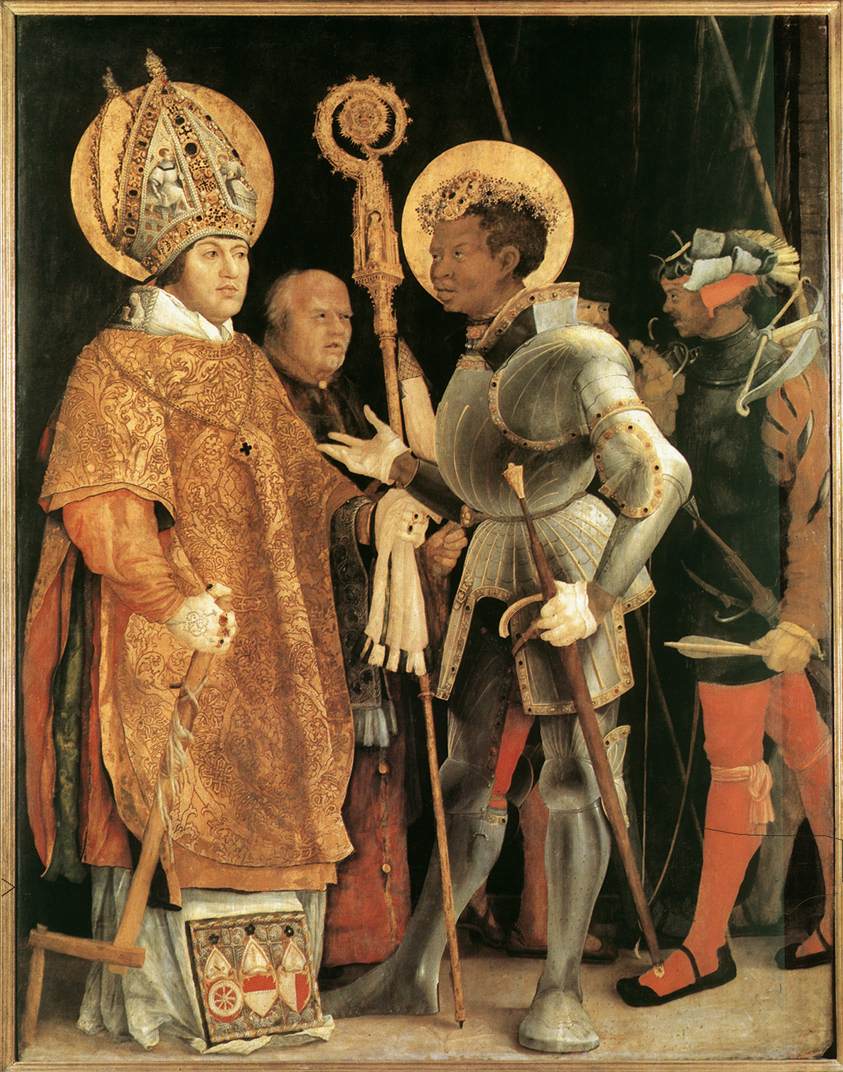
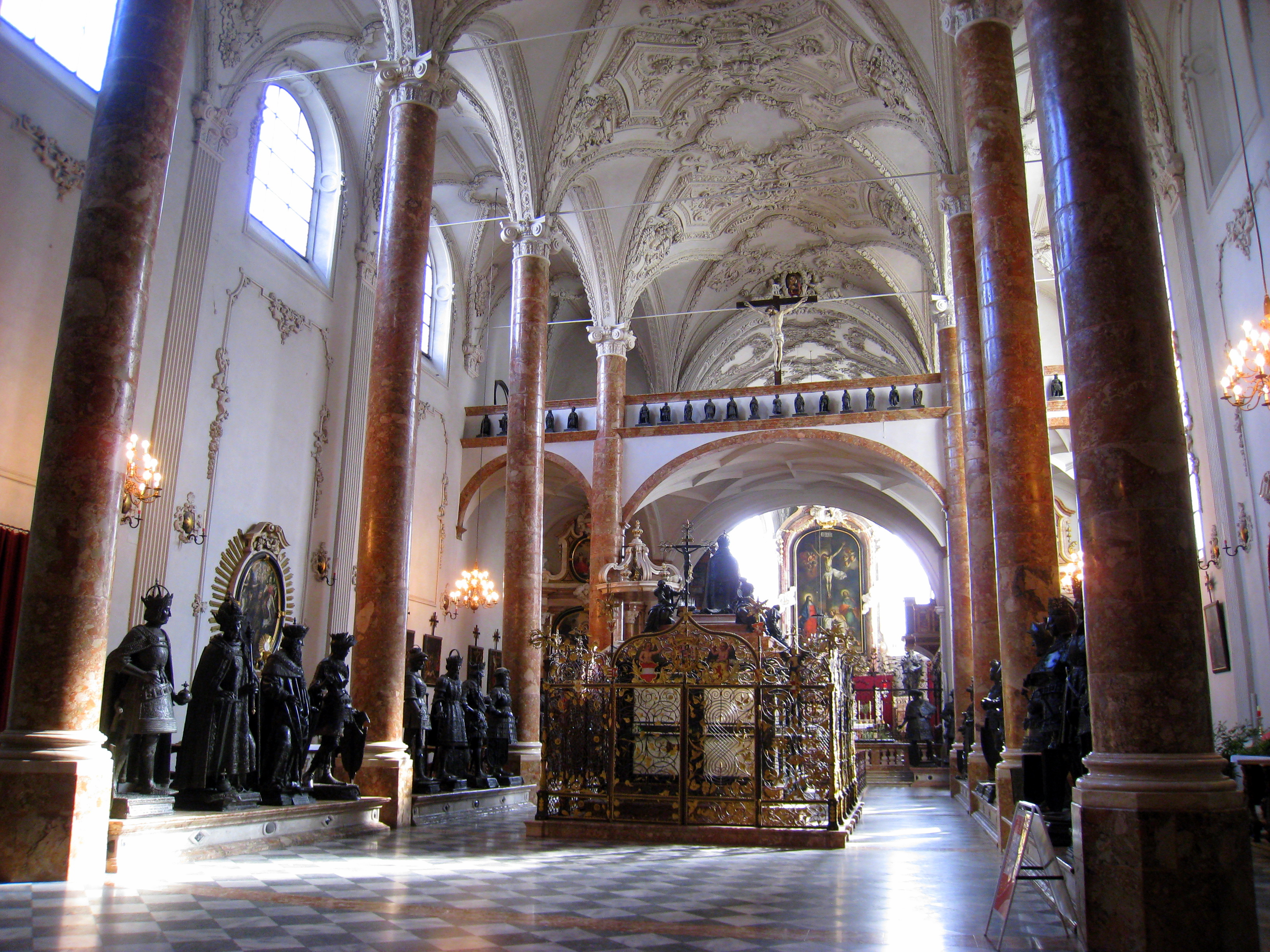


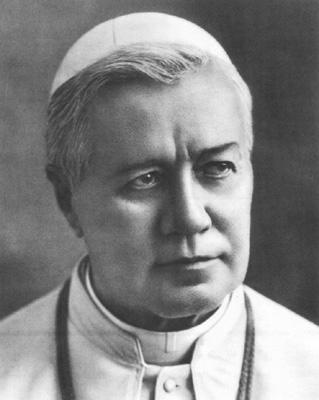






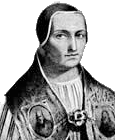






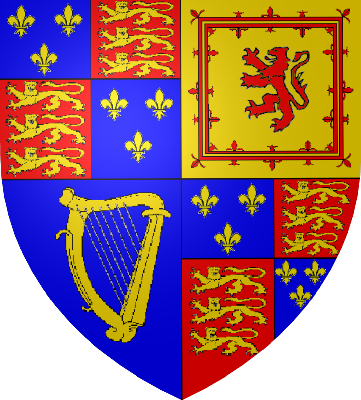
_-002.jpg/220px-Circle_of_Anton_Raphael_Mengs,_Henry_Benedict_Maria_Clement_Stuart,_Cardinal_York_(ca_1750)_-002.jpg)



1 comment:
It is good to see the observation of the feast, one of the casualties of Pius XII's reforming pontificate and not able to be used in the Motu-Mass of 1962, like the Apparition of St Michael on the 8th May. May feasts seem to have been targets.
Alan Robinson
Post a Comment